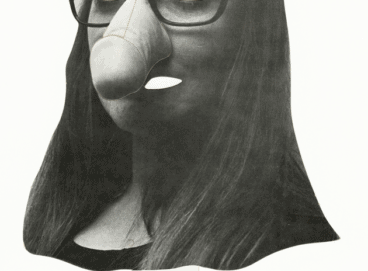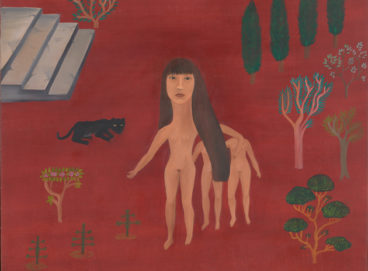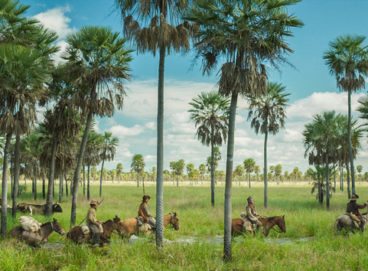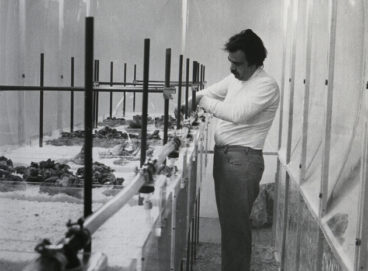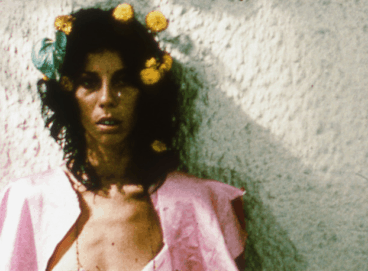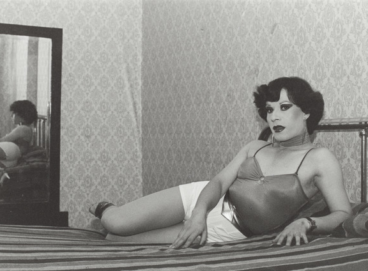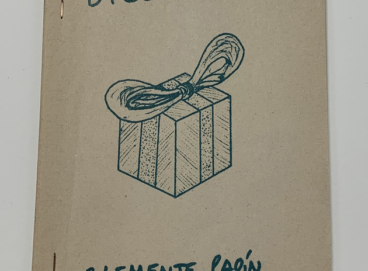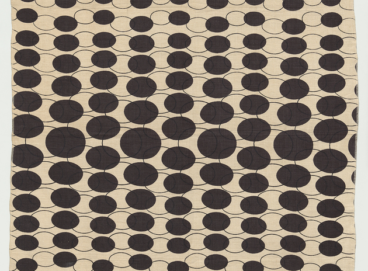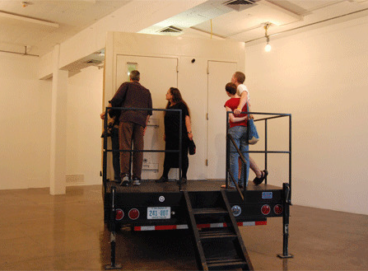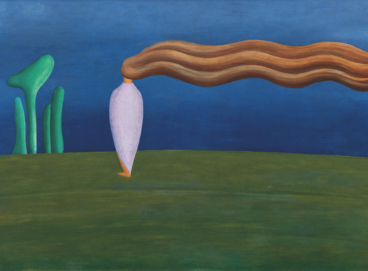Maris Bustamante’s El pene como instrumento de trabajo (1982): A Pivotal Gesture
Created in 1982 by the Mexican conceptual artist Maris Bustamante, El pene como instrumento de trabajo/para quitarle a Freud lo macho (The Penis as a Work Instrument)/To Get Rid of the Macho in Freud) is an iconic work for the history of both performance art and feminist art in Mexico. By contextualizing the piece in relation to…
